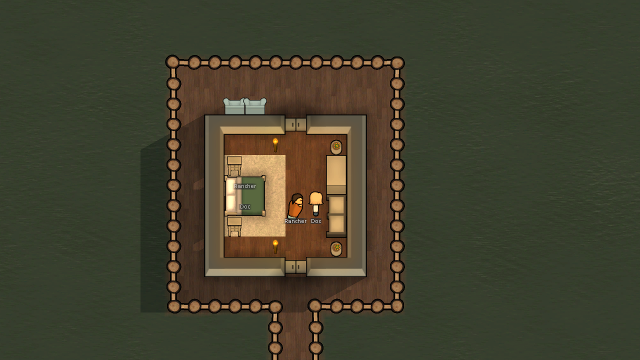
Wetlands are seldom suitable as building sites because they flood frequently and can't adequately support roads or building foundations. A mitigation plan will be required if the wetland buffers cannot be met and you will need a buffer reduction in order to build on the parcel. An Army Corps of Engineers permit may be required for projects taking place in these wetlands. If you're located in the Midwest, reach out to Environmental Works, Inc (EWI). Section 404 Permit Wilmington District Engineer Properties in this zone have a potential for flooding as they are typically near water such as a lake, river, stream or wetland. They can also direct you to any other agencies that you may need to work with. Often it can be 10" setback - or 100" setback.

This is only a brief discussion of the major regulations.
#Rimworld marshy soil free#
Wherever possible, design your fence to provide wildlife free travel to im. These are the most hazardous zones, typically first-row, beach-front property.

A fence may be constructed of rails, timber, boards, iron or stone, brooks, rivers, ponds, creeks, ditches and hedges. Nevertheless, it must be noted that laws and regulations relating to wetlands vary from jurisdiction to jurisdiction. cutting a tree or installing a fence near the wetland border - you need only to contact the Conservation Commission at Town Hall. Some developments also incorporate a natural or manmade wetland (marshy or swampy preserve) to collect stormwater and to serve as a habitat for wildlife.

You will have to have a qualified firm survey they wetland. Wetlands provide high quality open space for recreation and tourism. Before you start clearing in these areas, call Clark County Evironmental Services at 36 for the appropriate methods to use. If you're interested in learning what can be done with property inside the Adirondack Park, but aren't comfortable reading legal documents, the best place to start is the Citizen's Guide to Adirondack Park Agency Land Use Regulations (pdf 370kb).


 0 kommentar(er)
0 kommentar(er)
